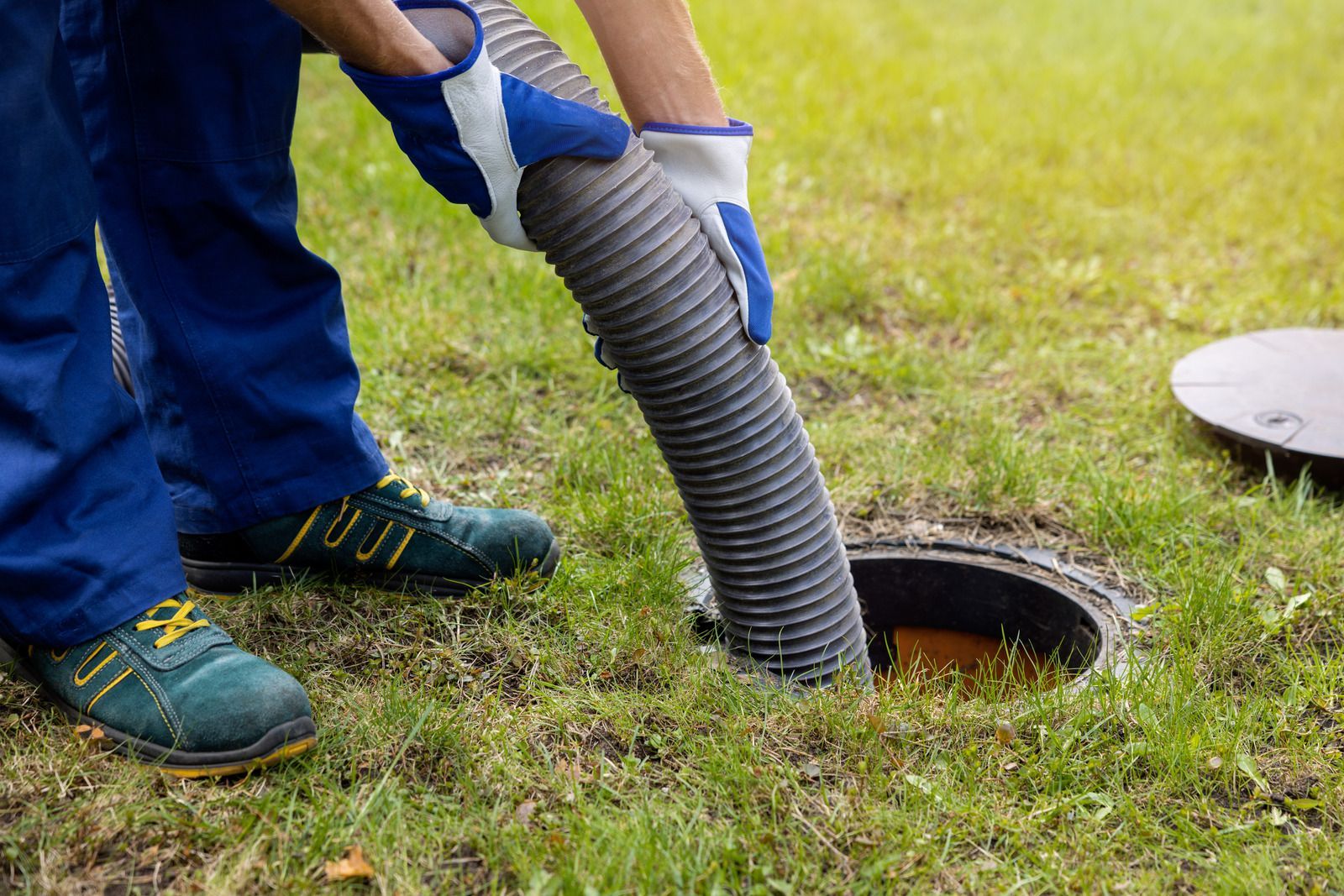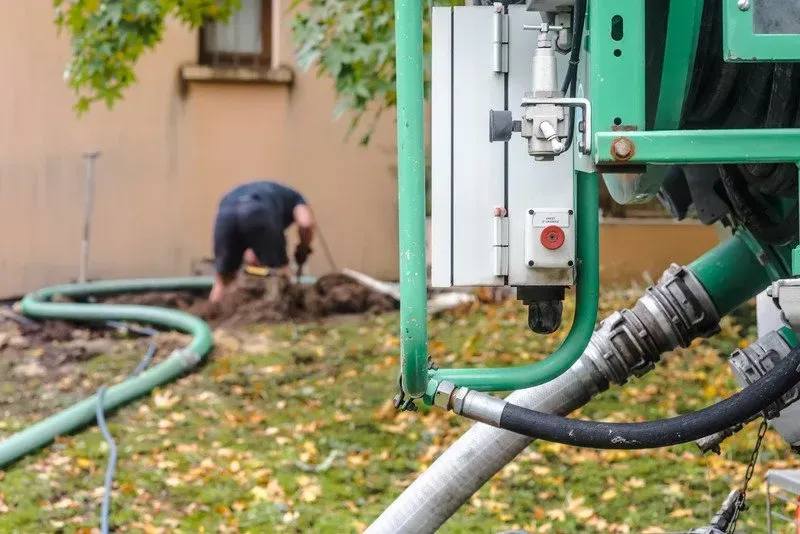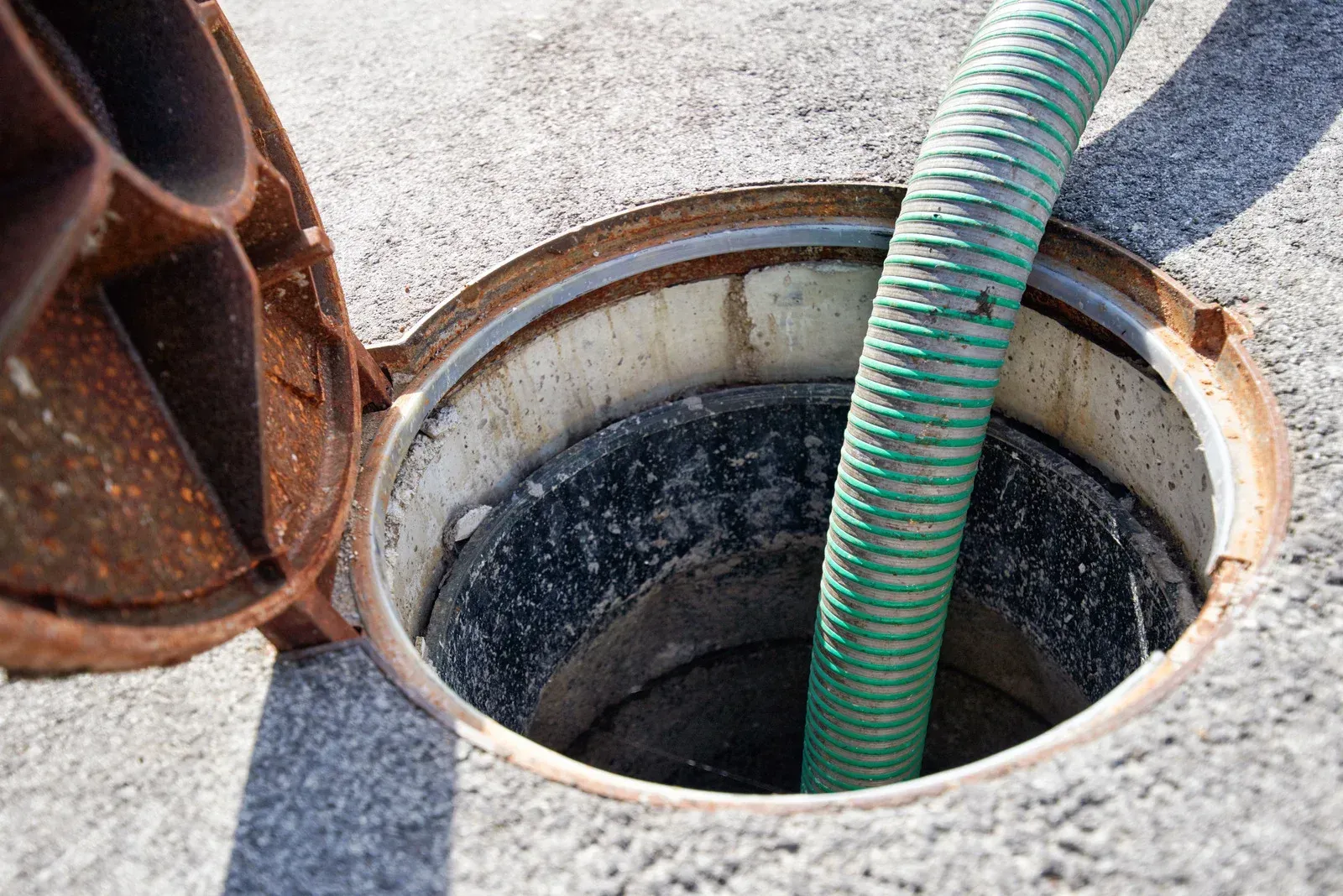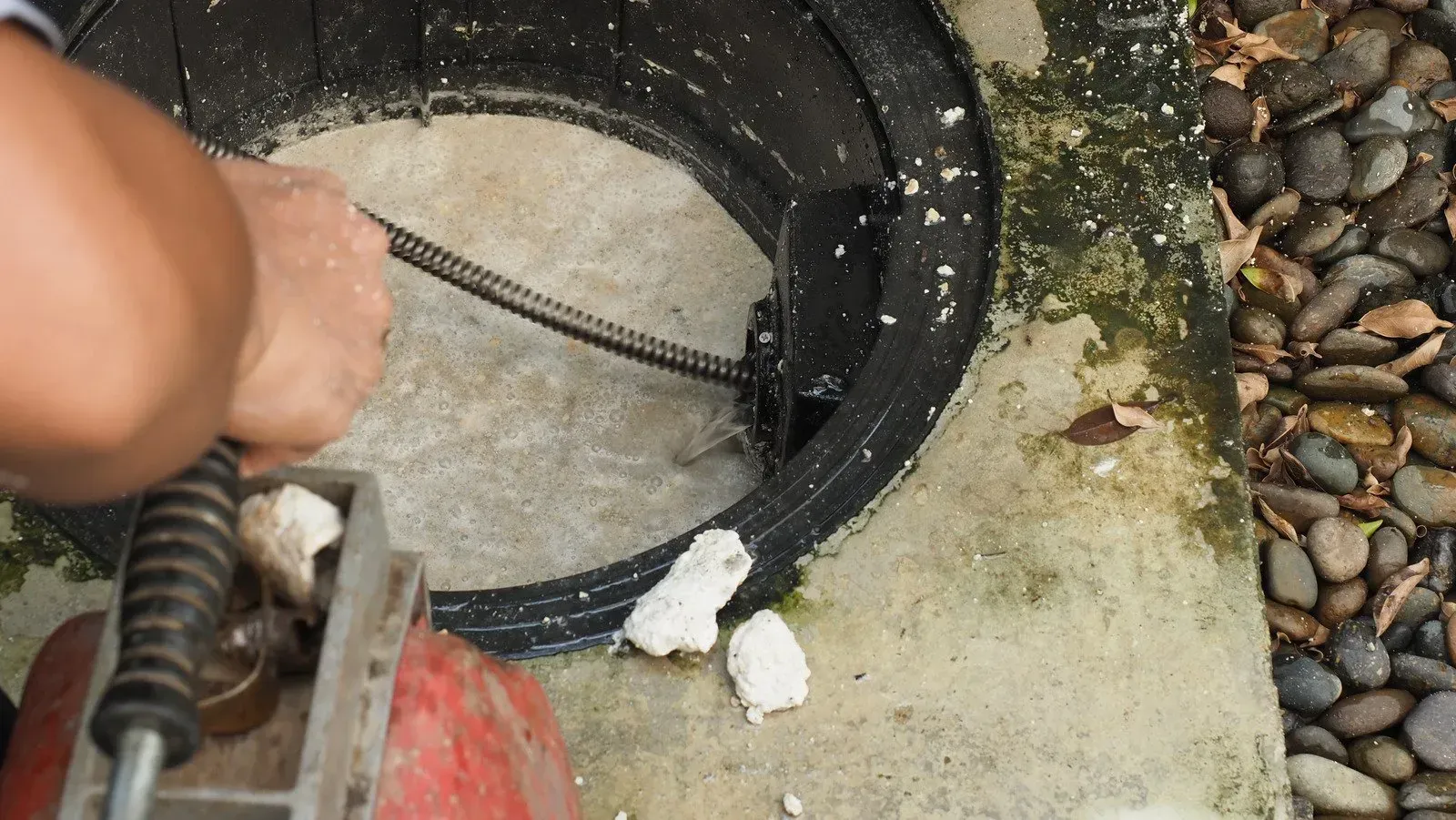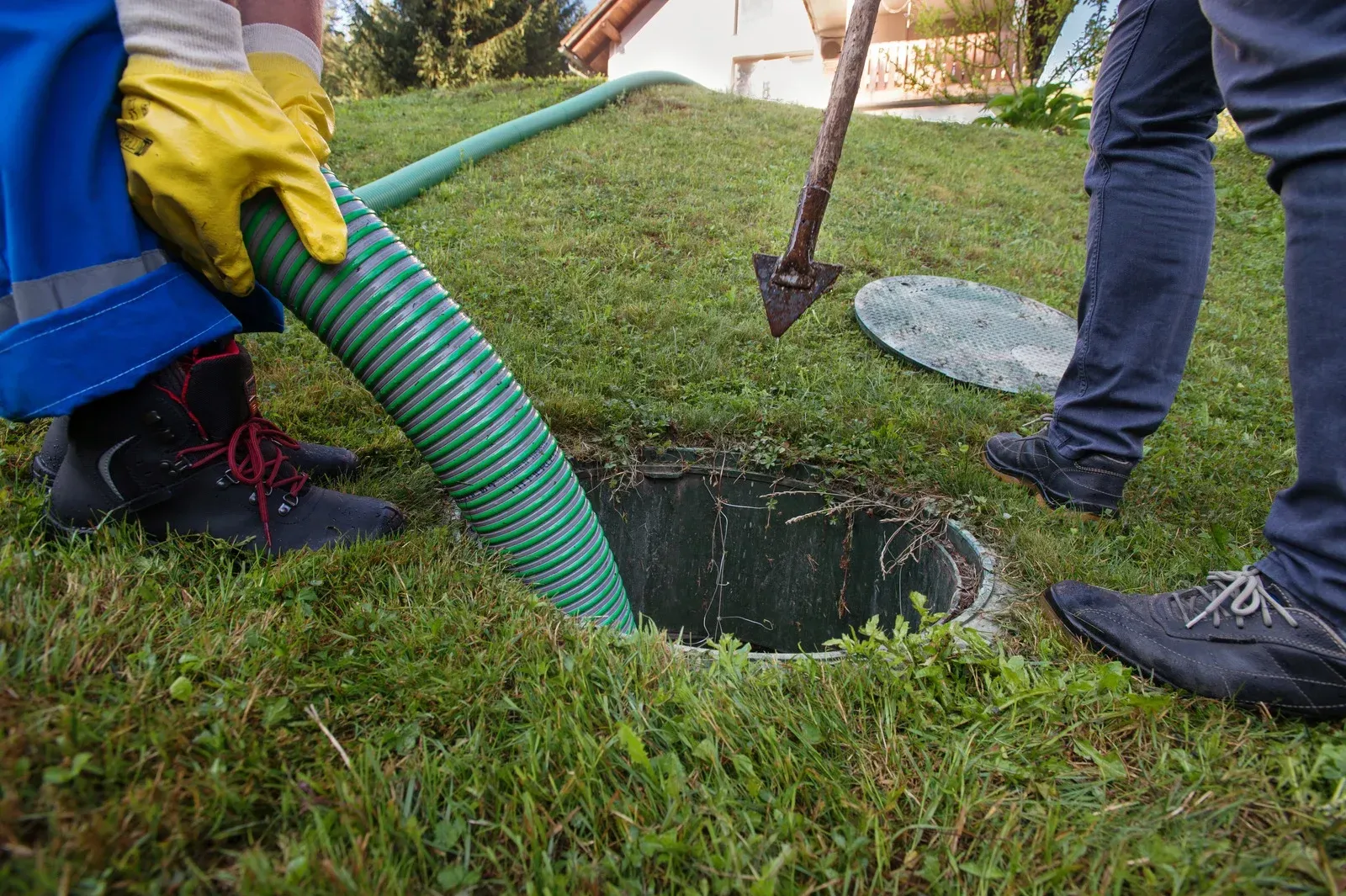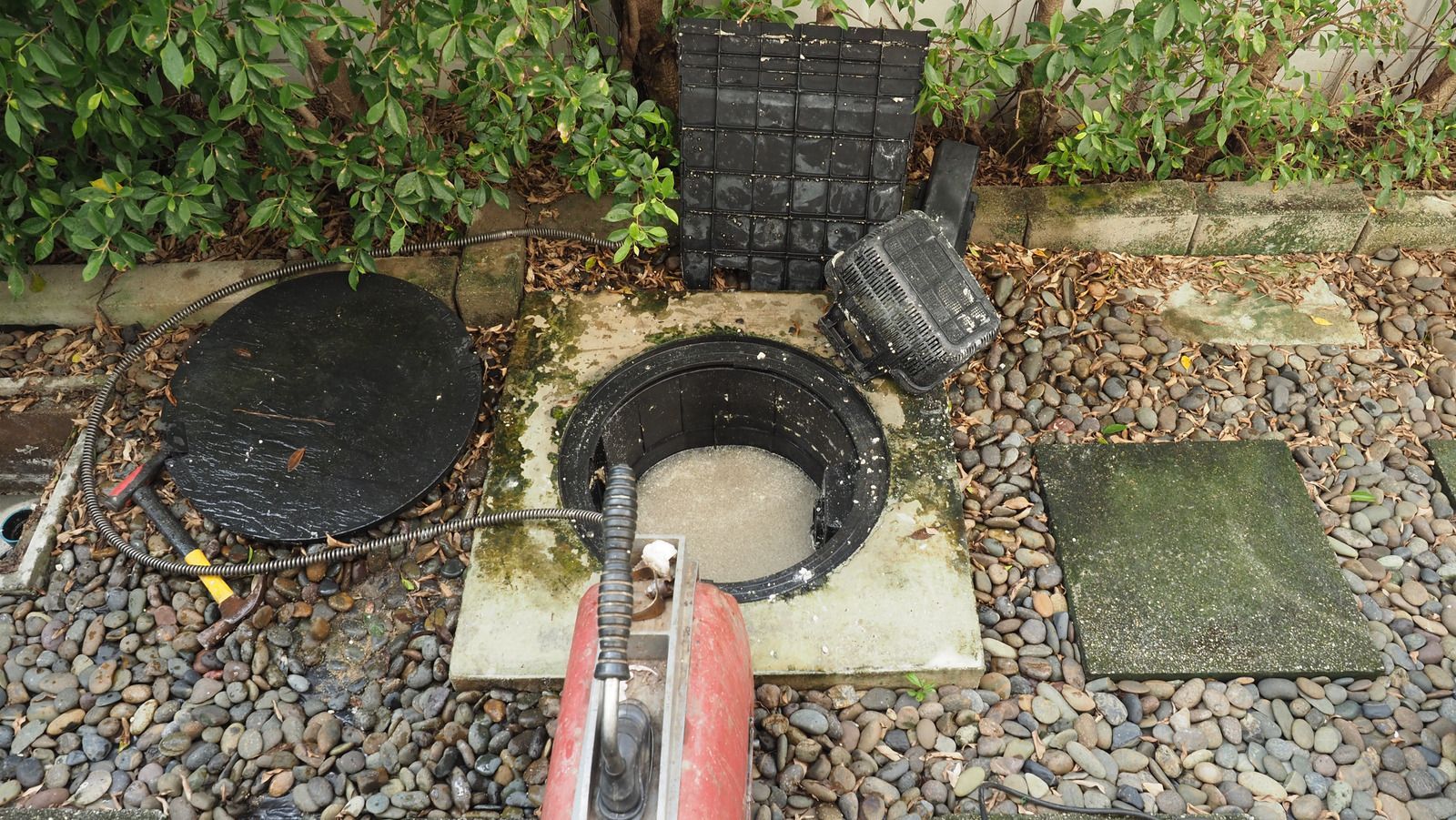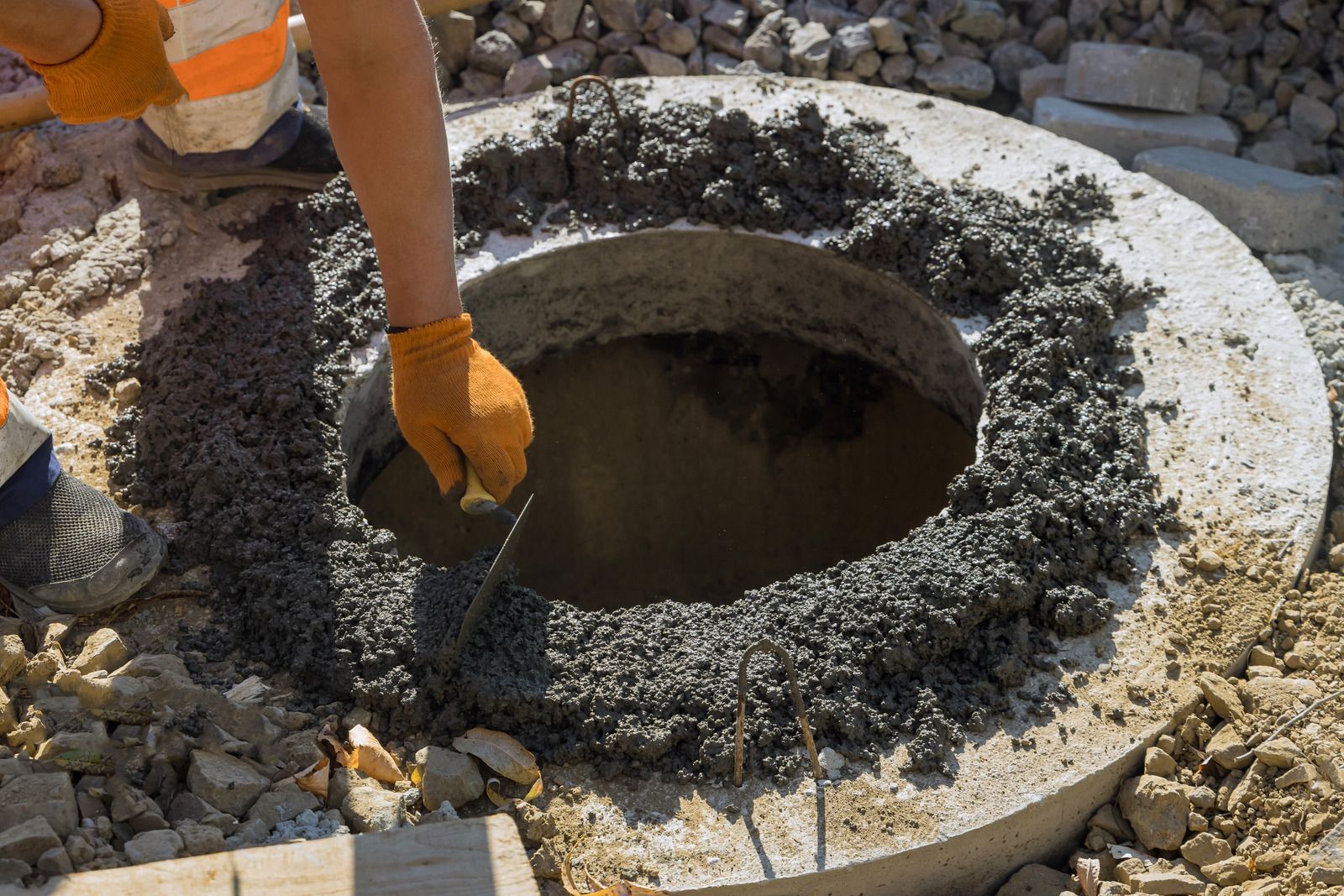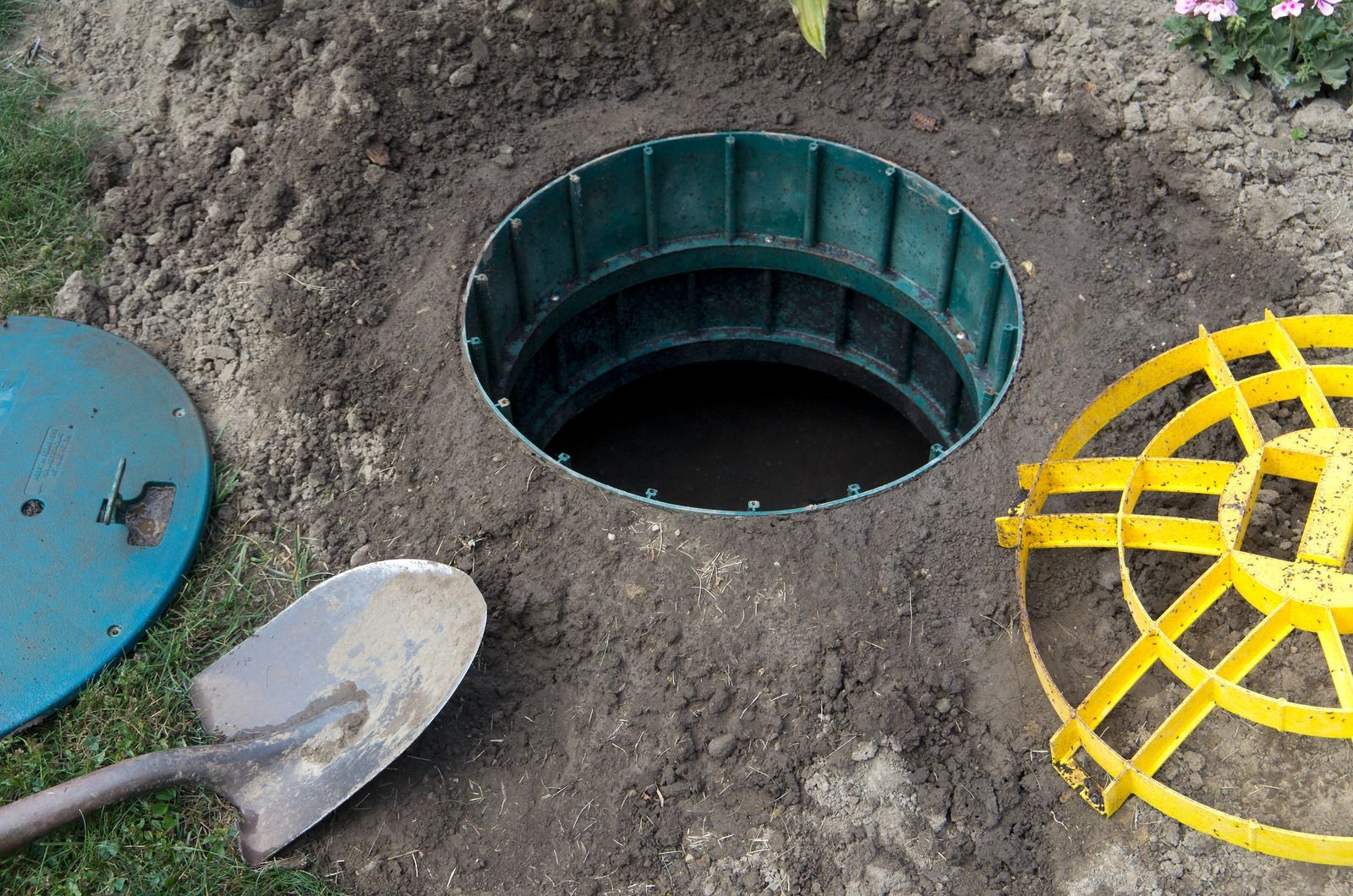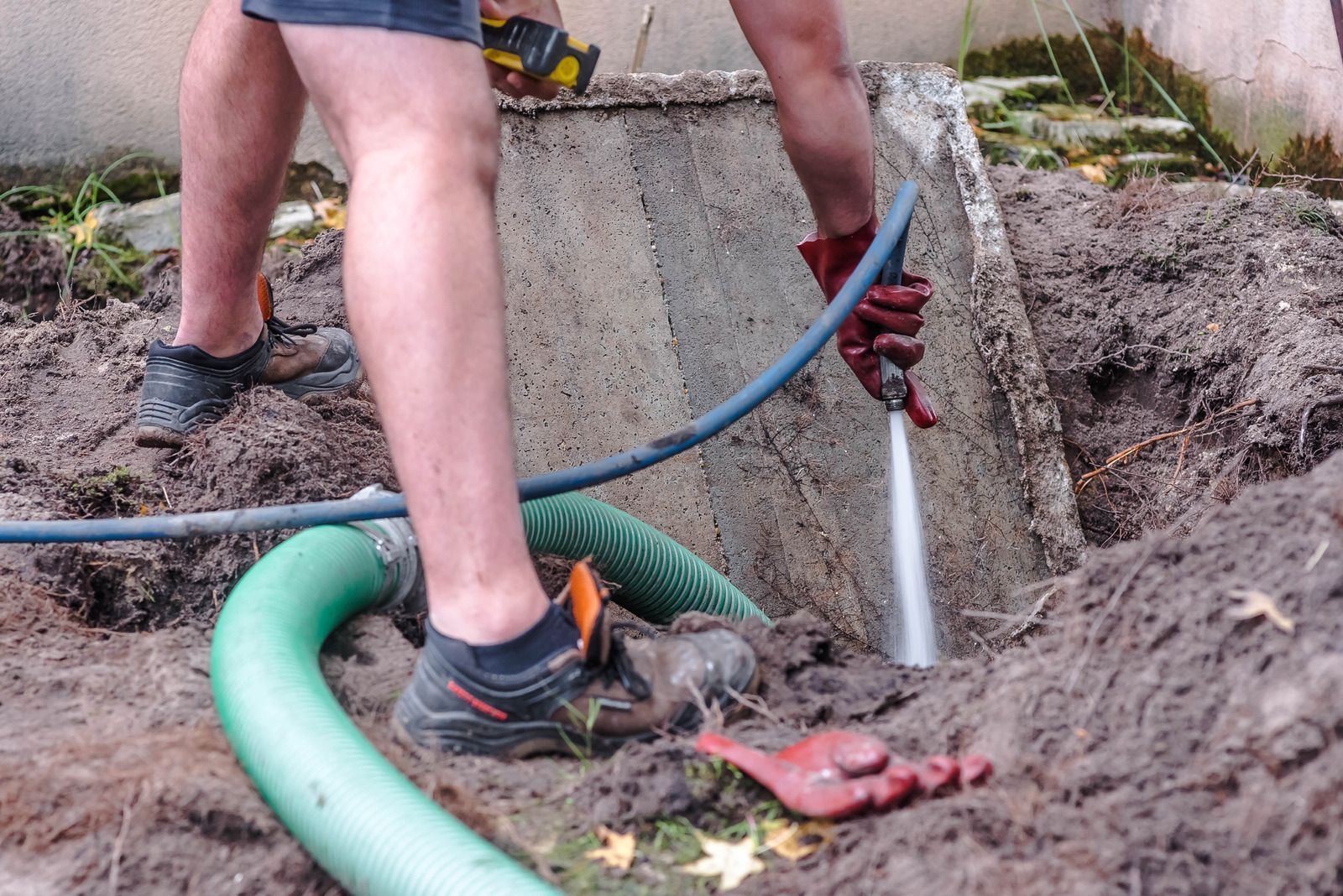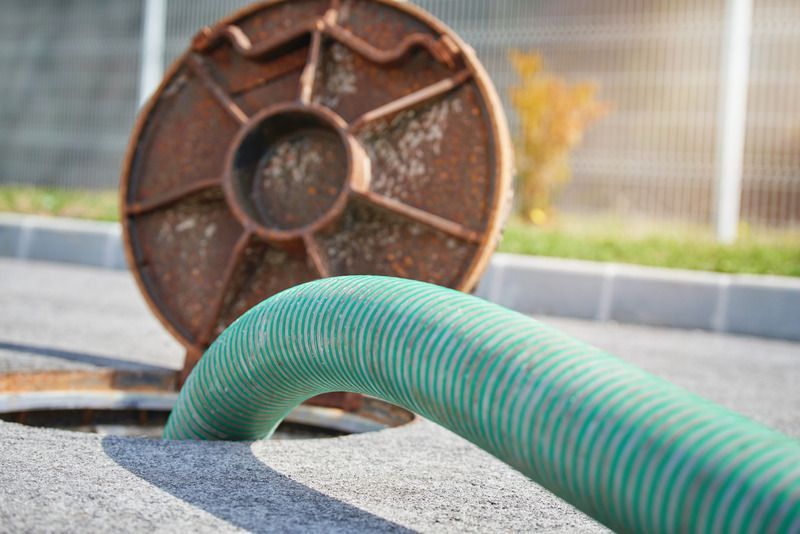Tips To Handle Heavy Grease Trap Clogs in Your Restaurant
Grease traps are an integral component of any restaurant's plumbing system. They help prevent large amounts of oils, fats, and grease from entering the sewer system and causing clogs. However, they can become clogged if not properly maintained over time. When a grease trap becomes clogged, it can cause various issues in your restaurants, such as bad odors and slow drains. Fortunately, there are ways to handle heavy grease trap clogs to keep your drains functioning properly.
Use Stainless Steel Traps
If you have a heavy grease trap clog, there are a few things you can do to try and clear it. One option is to use stainless steel traps. These are designed to withstand the weight of grease and will not rust or corrode over time. Another option is to use a plunger to try and dislodge the clog. If you have a plunger that is too small, you may not be able to generate enough force to break through the clog. Finally, you can try using a drain snake. It can be effective if the clog is close to the trap's surface.
Check Traps Weekly
If your grease trap is starting to back up, it's important to take action immediately. A clogged grease trap can lead to a nasty sewage backup in your home or business.
The best way to prevent a grease trap clog is to have it cleaned out regularly. Depending on the size of your trap and its use, you may need to have it cleaned every month or two.
You can also help keep your grease trap from clogging by not putting too much food waste down the drain. When cooking, try to scrape as much food off plates and into the garbage before washing them. And avoid pouring cooking oil down the drain - dispose of it in a container instead.
Maintain The Water Temperature
If your grease trap is starting to back up and you can't seem to clear the clog, the water temperature is likely too cold. Cold water makes grease harder to break down, so it can quickly build up and block your drains.
To maintain the water temperature, you'll need to find a way to keep the water warm. This can be done by using a space heater or keeping the area around the grease trap well-insulated. You may also need to increase the temperature of the water coming into your home. This can be done by turning up the thermostat on your water heater.
Clean The Vessels Properly
If you have a grease trap, then you know that it needs to be cleaned regularly. However, you may not know how to clean the vessels properly. Check out these tips to clean the vessels:
1. Use hot water and a degreaser: This will help break down the grease and make it easier to remove.
2. Use a brush: A brush can help eliminate any stubborn grease clinging to the vessel's sides.
3. Use a power washer: If you have access to a power washer, use it! The high pressure will help blast away any grease that is stuck.
4. Rinse well: Rinse the vessel thoroughly after cleaning so that no soap residue is left behind.
Conclusion
Grease trap clogs can be a headache, but they don't have to be. Following the tips we've outlined here will help you prevent and handle heavy
grease trap clogs
in your plumbing system. With these tips, handling grease trap clogs should be much easier than before! Remember that prevention is key when it comes to greasy messes, so make sure to monitor the condition of your drains regularly and contact a professional if you need help with any difficult blockages or build-ups.
